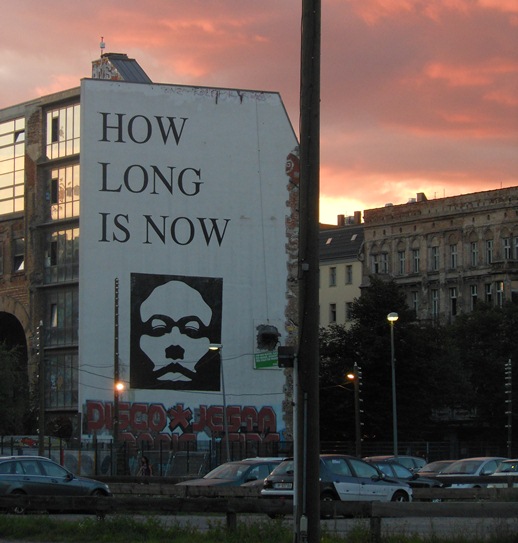
I can’t help but point out the irony in taking an El Al flight to Berlin. Despite the 67 years that have passed since WWII ended, the ironies are there. Who would have thought that just 67 years after the end of the most vile attempt to annihilate the Jewish people in history, the Jewish people would have built their own airline company that flies passengers – Jewish passengers! – to the very same country that harbored the genocide, that murdered the passengers’ grandparents? The paradoxes exist – they are glaring and they are rough, and yet they are often comfortably overlooked by the millions of tourists visiting Berlin, one of the most popular and chic cities in Europe, each year. It is easier not to look. But as Charlotte Delbo, the French writer noted for her powerful memoirs of Auschwitz, writes: “Try to look. Just try to see.”
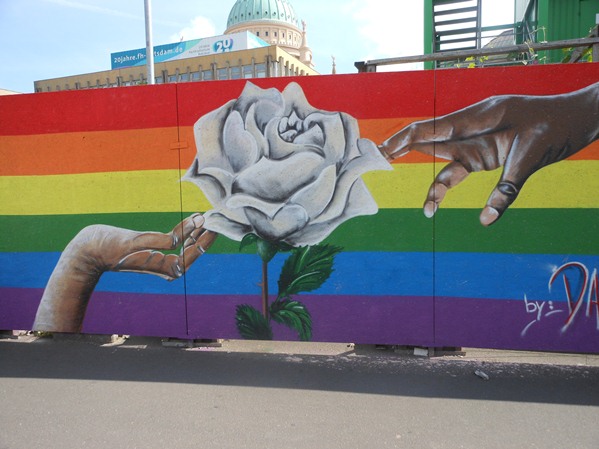
It’s a difficult balance between past and present – when to really look, when to really see, and when to look and see without the ghostly impression of the Holocaust overshadowing your every thought, your every step. The AJC trip I participated on was titled: “Germany Close Up: American Jews Meet Modern Germany” and modern Germany (by way of Berlin) is, according to the El Al website: “an attractive touristic center for visitors from all over the world…the European capital of nightlife…rich with culture that unravels an old world corresponding to the Western progress.” El Al’s blurb for Berlin goes on: “if you are planning a flight to Berlin, you should plan your vacation in advance, for the city offers varying concert, opera, and museum halls. And if you have any time to spare – Berlin is a great place for shopping.” Nothing about how by the end of 1939, the Jewish population of Berlin had dropped to about 82,800, 50% of the Jewish population figure in 1933. Nothing about how on the night of November 9th, 1938, most of the synagogues in Berlin were burnt to the ground, the windows of Jewish schools, offices, and other public institutions were smashed and destroyed. Nothing about how on that night dozens of Jews were murdered in the streets of Berlin and several thousand were arrested and taken to concentration camps where they suffered through inhumane labor and starvation until their eventual murders at death camps a few years later. Nothing about how on December 3, 1938 a law was passed banning Jews to move about freely in public – Jews could not use public swimming pools or enter government office compounds. Nothing about how by the end of the war, just 67 years ago, a total of 50,500 Jews had been deported from Berlin to death camps in the East.
Is it all too exhausting? Is that why we don’t remind our El Al passengers of Berlin’s history on the flight over there? Is it all too remembered? Too reminded, too taught, too ingrained in our historical memory as a People? But how does one walk the streets of Berlin and not remember? Every block or so, you literally stumble upon a memorial, walk right over it on your way to the grocery store, the movie theater, a bar with friends. There are thousands of these “stumbling stones,” in Europe, cobblestone-sized memorials for individual victims of the Holocaust, commemorating those murdered at the hands of the Nazis. I noticed them everywhere I went in Berlin: the name, the date he or she was deported, the date and place he or she was murdered.
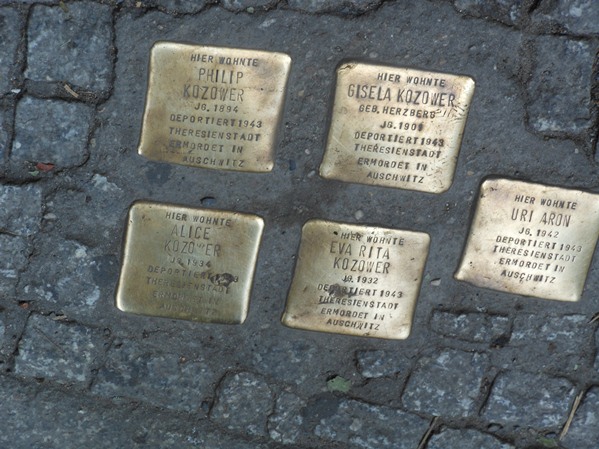
The question emerges then, not just in Germany but in Israel and in the collective memory of the Jewish people, how to move forward without forgetting the past, but without simultaneously suffocating from it. We should not let the past enclose us in a tiny box in which all we discuss, all we are concerned with, all we remember is a specific event in history. Yes, the Holocaust is both a formidable and consequential event in Jewish history, yet I am under the conviction that we should not concentrate exclusively on one event, even the Holocaust, and emphasize it with radically greater weight than any other event in our 3,000 year history as a People. Berlin was the first center of the Haskalah, the Jewish cultural enlightenment movement in the 18th and 19th centuries. I visited the exhibit at the home of Moses Mendlessohn, the eighteenth century German Jewish philosopher whose ideas sparked the Haskalah, forever changed our modes of Jewish thought, and led to the founding of Reform Judaism. In the nineteenth century and early years of the twentieth century, 142,000 Jews lived in Berlin, dominating and influencing the city’s intellectual, economic, and cultural life in many arenas. Yes, the events following 1930 are also significant, and we should not forget that in August 1933, the Berlin-Lichtenberg municipality revoked trading licenses that had been granted to Jews. But Jewish history in Berlin specifically, and in Germany, Europe, and the rest of the world, is rich and extensive, sometimes compelling and magnificent, animated with stories of triumph and success, perseverance and pride, and sometimes so darkly dismal, stained with sorrow and horror, depression and calamity, almost to the point of destruction.
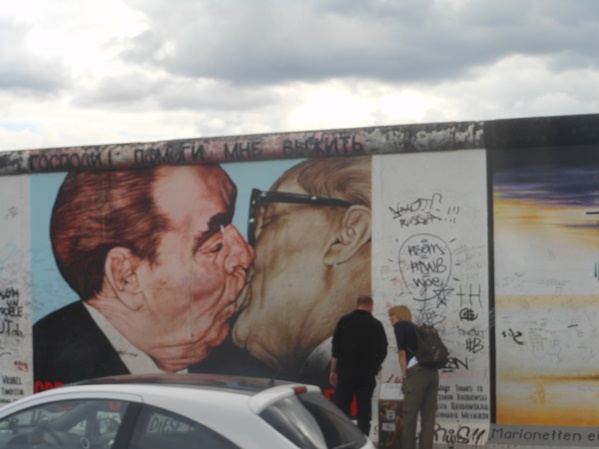
After 7 months in Israel, and as the granddaughter of a Holocaust survivor, and a great-granddaughter of innocent victims murdered in Auschwitz, my visit to Berlin touched a deep struggle to balance the past with the present. “American Jews Meet Modern Germany.” It was a confrontation with the past, ever present and obvious, and yet it was an agreement with the present. I affirmed the current Berlin, one of Europe’s chicest cities, parading its liberal character on every corner, from a rather large billboard of a vagina to a painted segment of the Berlin wall depicting the Communist dictators Leonid Brezhnev and Erich Honecker kissing on the lips. Berlin boasts cultural institutions and platforms for artists, and the city is celebrated as the nucleus of youth and popular culture in Europe.
I saw this Berlin. I really did. I saw the Berlin that everyone admires: the funky existential art posing philosophical questions such as “How long is now,” the innovative graffiti that decorates the city in vibrant colors and clever images, the wild night life that only begins at midnight, the friendly residents sporting voguish clothing. But I didn’t neglect the past. I could not ignore the past. I remember a walking tour we had in Berlin one day titled “The Absence of Empty Spaces: Don’t Trust the Green Grass.” From the open field to the left where a group of slouchy teenagers sit smoking pot to the park on the right where a mom pushes her daughter on a bright yellow swing, there is a story to the grass beneath you. Don’t trust it for what it looks to be. The grass in Berlin will have grim stories. Just keep that in mind.
Candace Mittel interned at Midnight East during the summer of 2012. She is currently completing her studies at Northwestern University.
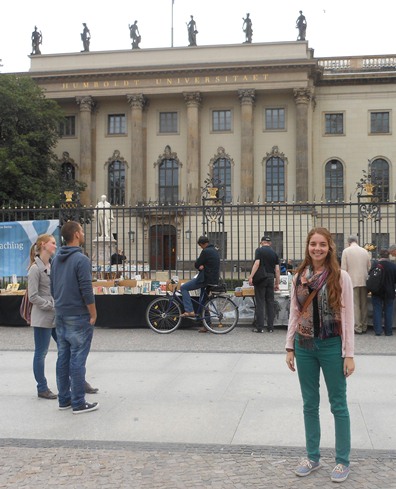

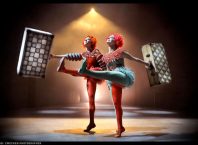
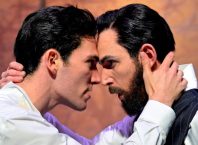
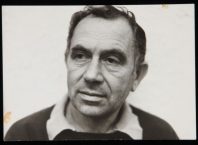


[…] must read- Berlin Between Past and Present by Candace Mittel. Such a beautifully written article about a beautiful city with a horrid past.. so many layers! […]
Comments are closed.